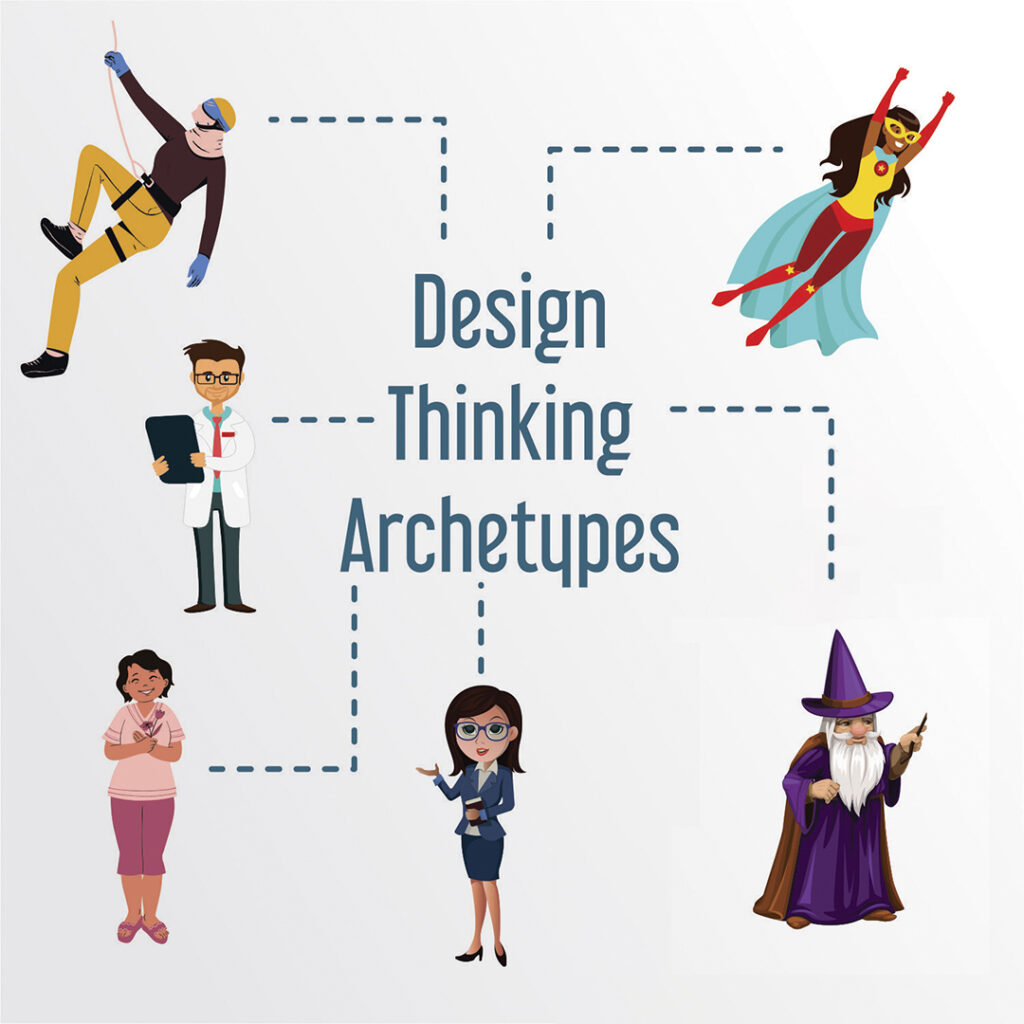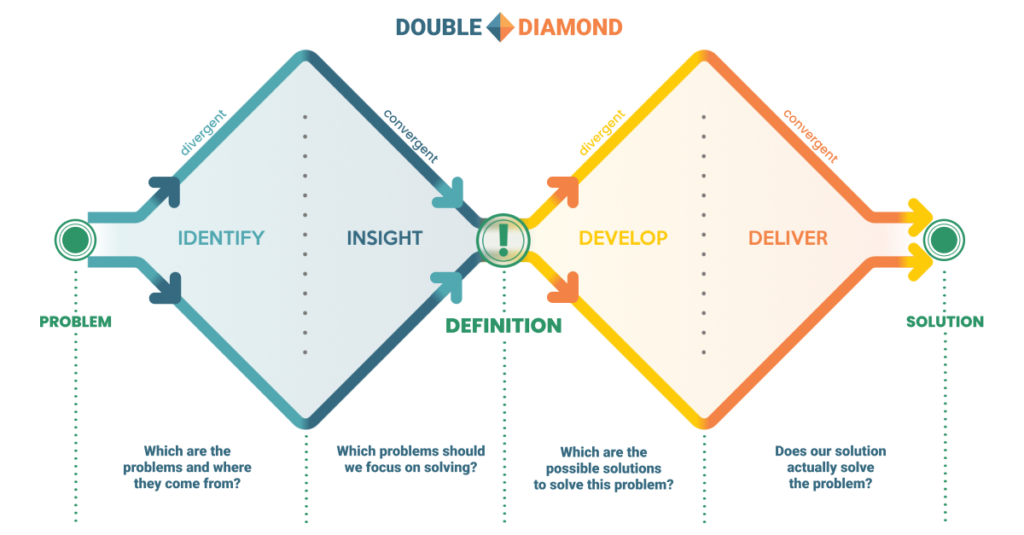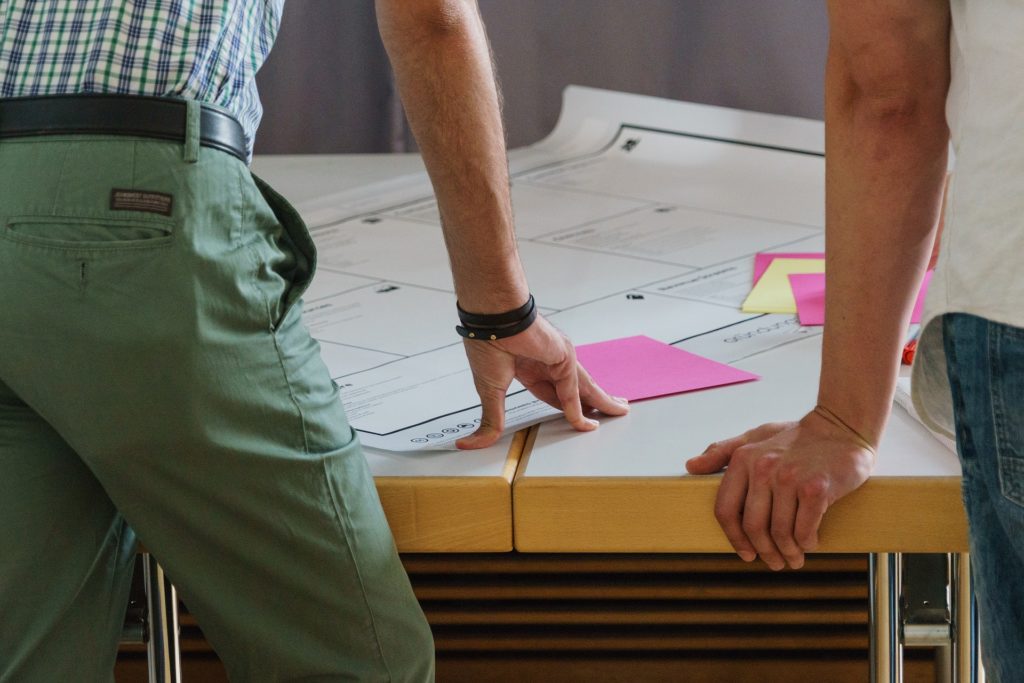Design thinking is a rigorous process of design, review, and revision. It involves using your observations to empathize with users and stakeholders to identify value creation opportunities and find solutions that can translate those opportunities. Design thinking archetypes are one of the tools we can use during this process.
Archetypes in Psychology
Archetypes are inborn, universal models of individuals, actions, or personalities that influence human behaviour. Carl Jung, a Swiss psychiatrist, used archetypes to describe archaic forms of fundamental human wisdom passed down from our ancestors.
The idea of “tabula rasa”, or the idea that the human mind is a blank slate at birth, waiting to be written on entirely by experience, was rejected by Jung. These “primordial pictures,” as he named them at the time, serve as a fundamental foundation for understanding how to be human.
Within our collective psyche, Jung discovered 12 characters archetypes:
- The Lover
- The Hero
- The Magician
- The Innocent
- The Explorer
- The Ruler
- The Creator
- The Sage
- The Outlaw
- The Caregiver
- The Jester
- The Everyman
As design thinking helps businesses develop solutions, archetypes work similarly as personas. However, they serve different purposes. Personas assist in gaining a better understanding of how clients behave today, while archetypes demonstrate who they aspire to be.
For business: Design Thinking Archetypes
Design thinking helps organizations innovate by matching human-centred design practices with lean startup methods. Aligning product branding and using design thinking archetypes can help a product or brand attract people. Archetypes focus directly on user behaviour and how the consumer interacts with the product or its website.
The archetype should be defined early in the product development process to produce a successful product or service that follows the team’s fundamental goal.
Because design thinking archetypes focus on “who does what, when they do it, and why,” they might provide inforhttps://www.abrisuite.com/blog-five-industries-where-design-thinking-is-changing-everything/mation about your consumers’ behaviour patterns, such as how they might use your product or service.
Depending on their positions, some users may fall into various archetypes. Every archetype creates a different value with a goal and a plan for achieving it.
Applying Design Thinking Archetypes
Experts suggest using design thinking archetypes in every phase of the creation process.
Determining an archetype for the user of a product or service needs a thorough understanding of both the product and the end-user, which necessitates addressing questions like:
- What are the general features of the consumer?
- What is the goal of using the product?
- What is the client’s focus on when using the product?
When you ideate a product for a specific archetype, this model aids in recognizing and creating a value proposition statement. And then, you can screen for people that fit into that description to aid in verification.
Abrisuite uses design thinking in every part of its process with clients. We find out the best solutions for you and provide customized care. Get in touch to receive a quote.




